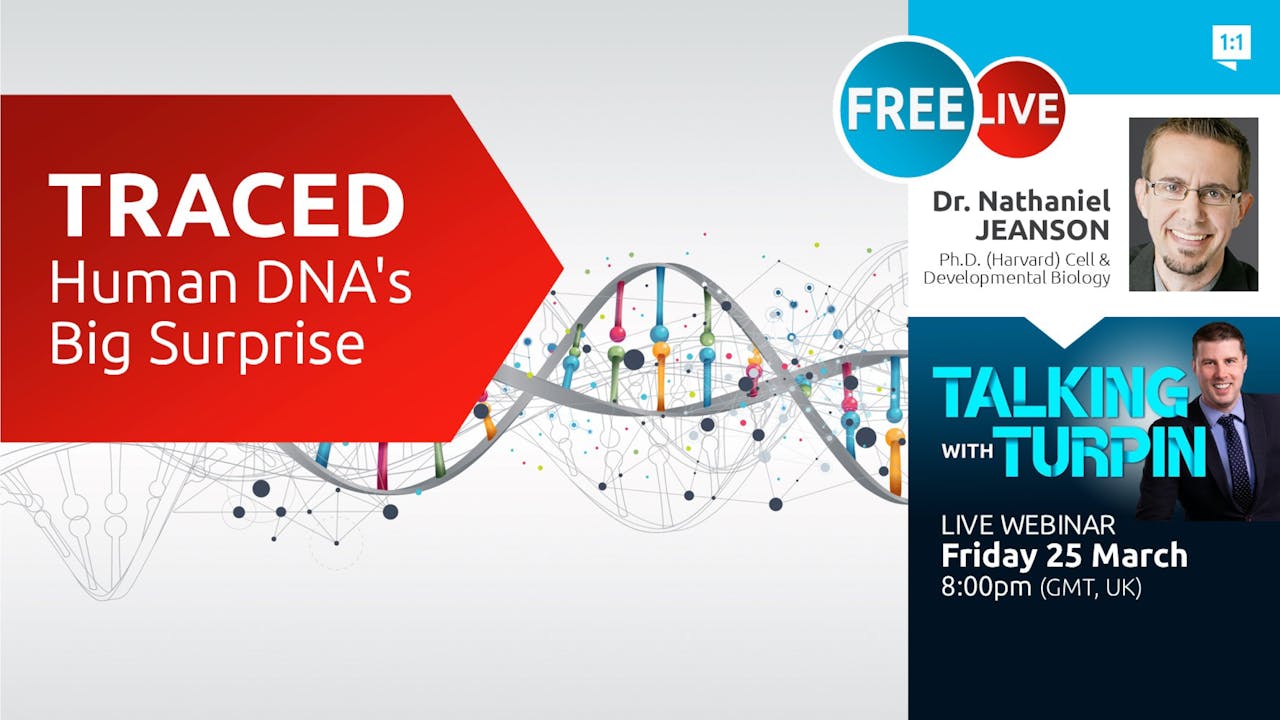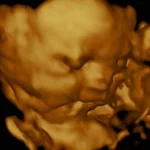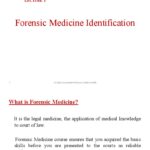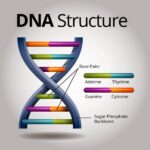The question of whether the entire human race can be traced back to a single DNA source is a subject of intense scientific scrutiny and public fascination. Delving into this inquiry necessitates an understanding of genetics, population dynamics, and the intricate tapestry of human history. Examining the available evidence through various lenses—mitochondrial DNA, Y-chromosomal DNA, and the broader autosomal genome—reveals a complex, nuanced picture. Is there a single origin, or is the reality more intricate?
Mitochondrial Eve: A Maternal Lineage
Mitochondrial DNA (mtDNA), inherited exclusively from the mother, provides a powerful tool for tracing maternal lineages. Because mtDNA mutates at a relatively consistent rate, scientists can use these mutations to estimate the time elapsed since two individuals shared a common ancestor. This research has led to the concept of “Mitochondrial Eve,” representing the most recent common ancestor (MRCA) of all currently living humans on their maternal side. But what does this really signify?
Mitochondrial Eve was not the only woman alive at the time, nor was she the first human female. Instead, her mitochondrial DNA proved successful, with her maternal lineage continuing uninterrupted to the present day. Other women living at the same time may have had children, but those maternal lines eventually died out. Think of it as a phylogenetic bottleneck through which only one maternal line survived.
Y-Chromosomal Adam: Tracing the Paternal Lineage
Analogous to Mitochondrial Eve, the “Y-Chromosomal Adam” represents the MRCA of all living humans on their paternal side. The Y chromosome, passed down from father to son, offers a similar avenue for tracing ancestry. By analyzing variations in Y-chromosomal DNA, researchers have identified a common male ancestor, but here, the story becomes more complicated. Y-Chromosomal Adam is not contemporaneous with Mitochondrial Eve. Estimates suggest that Y-Chromosomal Adam lived significantly later than Mitochondrial Eve, potentially tens of thousands of years later. This temporal disparity points to complex demographic factors affecting human populations, such as varying reproductive success rates among men and women.
Autosomal DNA: A Blended Heritage
While mtDNA and Y-chromosomal DNA offer glimpses into specific maternal and paternal lineages, autosomal DNA—the chromosomes not involved in sex determination—provides a more comprehensive picture of an individual’s genetic heritage. Each person inherits half of their autosomal DNA from each parent, leading to a vast recombination of genetic material across generations. Autosomal DNA paints a picture of interconnectedness, showing how populations mixed and migrated over time. It contains a wealth of information about ancestry, revealing the proportion of an individual’s genome originating from different regions of the world.
Analyzing autosomal DNA reveals a tangled web of relationships, making it difficult to pinpoint a single, definitive source for the entire human race in the same way as mtDNA and Y-chromosomal DNA. Recombination and interbreeding obscure the signal, creating a mosaic of ancestry unique to each individual. However, studies of autosomal DNA still strongly support the “Out of Africa” theory, which posits that modern humans originated in Africa and subsequently migrated to other parts of the world.
The “Out of Africa” Theory and Genetic Diversity
The “Out of Africa” theory, supported by a preponderance of genetic and archaeological evidence, suggests that modern humans (Homo sapiens) evolved in Africa and then spread across the globe. Genetic studies consistently show that African populations exhibit the highest levels of genetic diversity, indicating that they have had the longest time to accumulate mutations. As human populations migrated out of Africa, they experienced founder effects and genetic bottlenecks, leading to reduced genetic diversity in non-African populations. Founder effects occur when a small group of individuals colonizes a new area, carrying only a subset of the genetic diversity present in the original population. Bottlenecks happen when a population undergoes a drastic reduction in size, resulting in a loss of genetic variation.
These demographic events have shaped the genetic landscape of modern humans, with African populations retaining the most ancestral variants and non-African populations exhibiting a subset of this diversity. The theory does not assert that all humans descend from a single pair of individuals. Rather, it argues for a shared African origin, followed by subsequent diversification and adaptation to different environments.
Implications for Understanding Human History and Evolution
The quest to trace human ancestry through DNA has profound implications for understanding human history, evolution, and population genetics. By studying the patterns of genetic variation, scientists can reconstruct the migratory routes of our ancestors, identify periods of rapid population growth or decline, and uncover the genetic basis of adaptation to different environments. Moreover, genetic studies shed light on the complex interactions between different human populations, including instances of interbreeding between Homo sapiens and other hominin species, such as Neanderthals and Denisovans. The admixture with archaic hominins means that modern humans outside of Africa carry a small percentage of Neanderthal DNA, illustrating the interconnectedness of the human family tree.
The information gleaned from DNA analysis is invaluable in fields such as medicine, anthropology, and archaeology, offering insights into the genetic basis of diseases, the origins of cultural practices, and the evolution of human traits. As genetic technologies continue to advance, our understanding of human ancestry will only deepen, providing a more complete and nuanced picture of our shared past.
The Bottom Line
While Mitochondrial Eve and Y-Chromosomal Adam represent pivotal points in human ancestry, they do not imply that all humans descend from a single pair. They simply mark the most recent common ancestors on the maternal and paternal lines. The broader autosomal genome paints a picture of interconnectedness and shared origins, strongly supporting the “Out of Africa” theory. Although it’s not about tracing back to one couple, it’s about recognizing our deep shared history in Africa.










Leave a Comment